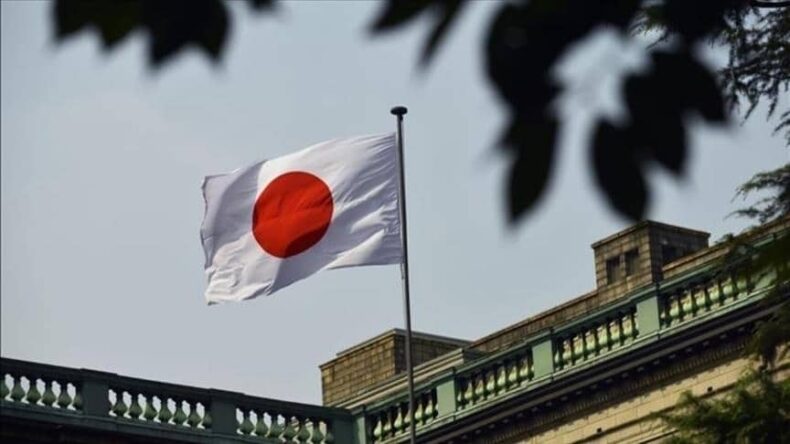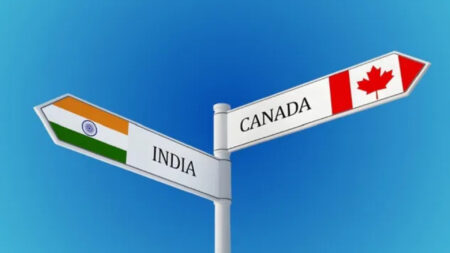
JAPANESE BANK UNDER PRESSURE
With the headline core consumer price index (CPI) rising for 14 consecutive months, the Bank of Japan is under pressure to modify its long-standing monetary easing policy.
Consumer prices there continue to remain static despite years of attempts by officials to create inflation. They increased by just 0.2% on a year-over-year basis in September, while inflation, excluding fresh food and energy costs, actually decreased by 0.5% over the same time
In October, core consumer price levels excluding volatile fresh food—rose 3.6 percent on-year, well beyond analyst predictions.
Even though it is below the extremely high levels that have severely battered the United States and other nations, the reading represented the quickest pace since 1982.
Hirokazu Matsuno, the top cabinet secretary, told reporters in response to the data that the government “must defend people’s livelihoods from these price increases.”
Due to growing raw material costs and the depreciating Yen, he added, prices have continued to rise for goods that also are intimately tied to daily living, such as utilities and food.
Bank Goldman Sachs analysts predict that measure will decrease to -0.8% in the most recent data, which was scheduled to be released after this was written. Comparatively, a “core” metric increased in October by 4.6% in the United States, 3.4% in Britain, and 2.9% in Germany
With Governor Haruhiko Kuroda this week reiterating the urgency to retain stimulus to help the country’s flimsy economic recovery from the COVID-19 epidemic, the Bank of Japan has resisted the trend of increasing interest rates throughout the world. Above-target inflation, according to Kuroda, is just transitory and mostly due to rising global commodity prices.
Japan’s GDP unexpectedly shrank by 0.3 percent in the third quarter following three straight quarters of expansion, according to economic statistics released earlier this week, as private spending fell.
Last month, Japanese Prime Minister Fumio Kishida proposed a $260 billion stimulus plan to support the economy, which included policies to assist consumers in managing growing energy bills. While the central bank’s loose monetary policy has lowered the value of the yen and increased the earnings of Japanese companies operating abroad, it has also increased the price of imports.
Although it had subsequently rebounded to roughly 140 yen as of Friday, the Japanese yen had fallen to a 32-year low in October, reaching 151 yen to the US dollar.
Read More: Slide of yen leading shrinks in cost of living of the people of Japan
Japanese economy’s history
Japan’s economy has seen an incredible turn of events. Even though World War II decimated the Japanese economy, both the people and the economy recovered amazingly well. Japan’s per capita GDP in 1960 was around $8600, or one-third that of the US. Japanese per capita GDP reached $35,000 in 1988, exceeding US levels. Japan saw an average per capita growth of 5.2% over that period, which was twice as high as the US.
The Japanese economic miracle came to an end in 1989 with a stock market crash, which was followed by a crisis in banks and other financial institutions as well as the collapse of the country’s economy as a whole. In terms of per capita income, the US economy surpassed Japan in 1998, and the disparity has since widened. US per person
In 2018, the US had a per capita income of $55,000, whereas Japan’s was $49,000.
The average per capita GDP growth rate for the Asian economy from 1998 to 2018 was 0.76 percent, which is half the pace for the US over the same period.
The low level of inflation since the crisis is one of the main problems Japan’s economy is now experiencing. Japan’s inflation rate decreased to 1.2 percent in the 1990s from an average of 2.5 percent in the 1980s. In the 2000s, inflation turned into deflation, averaging -0.2 percent, until edging slightly upward to 0.5 percent in 2010–19. Inflation once more became negative during the epidemic era.
Therefore this latest increase in inflation is something Japan hasn’t battled before.
In conclusion, the Japanese economy continues to be unique across the globe. It is one of the rare nations that struggled with economic conditions that were primarily deflationary in the past but currently experience significant inflation. Formerly, it was a source of pride for countries to be referred to as the next Japan; currently, economies seek to avoid being future Japan.













